Chris Booth
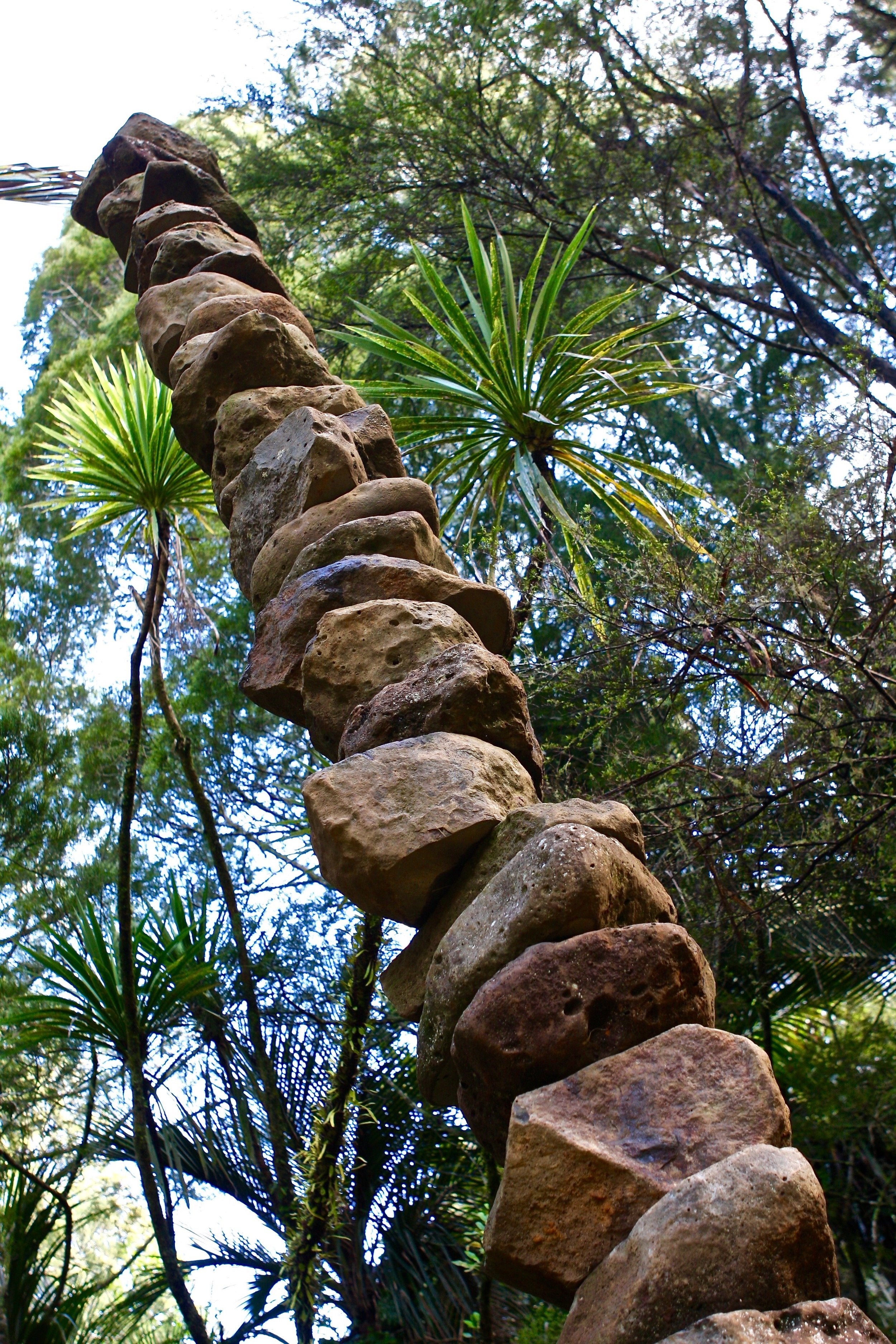
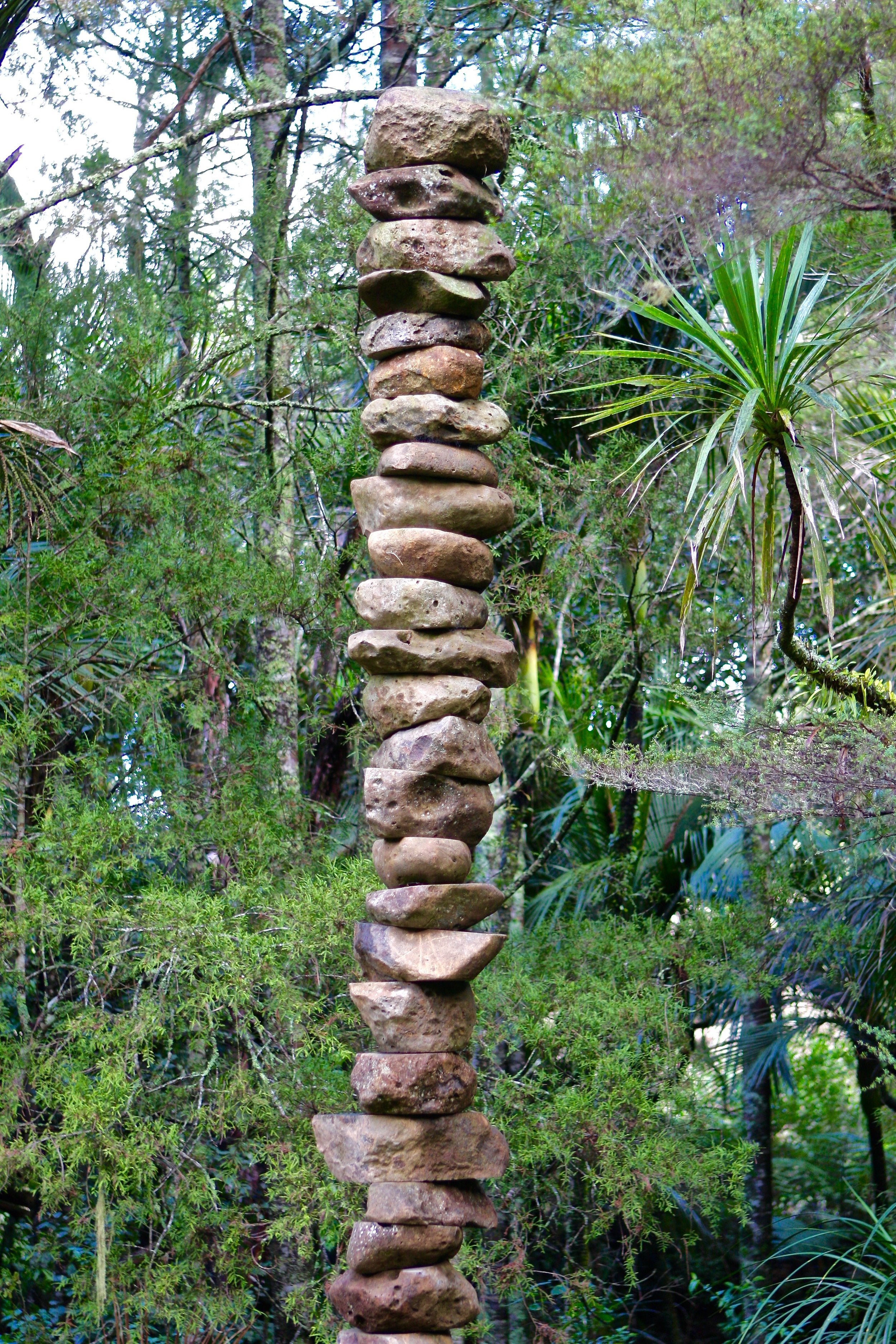
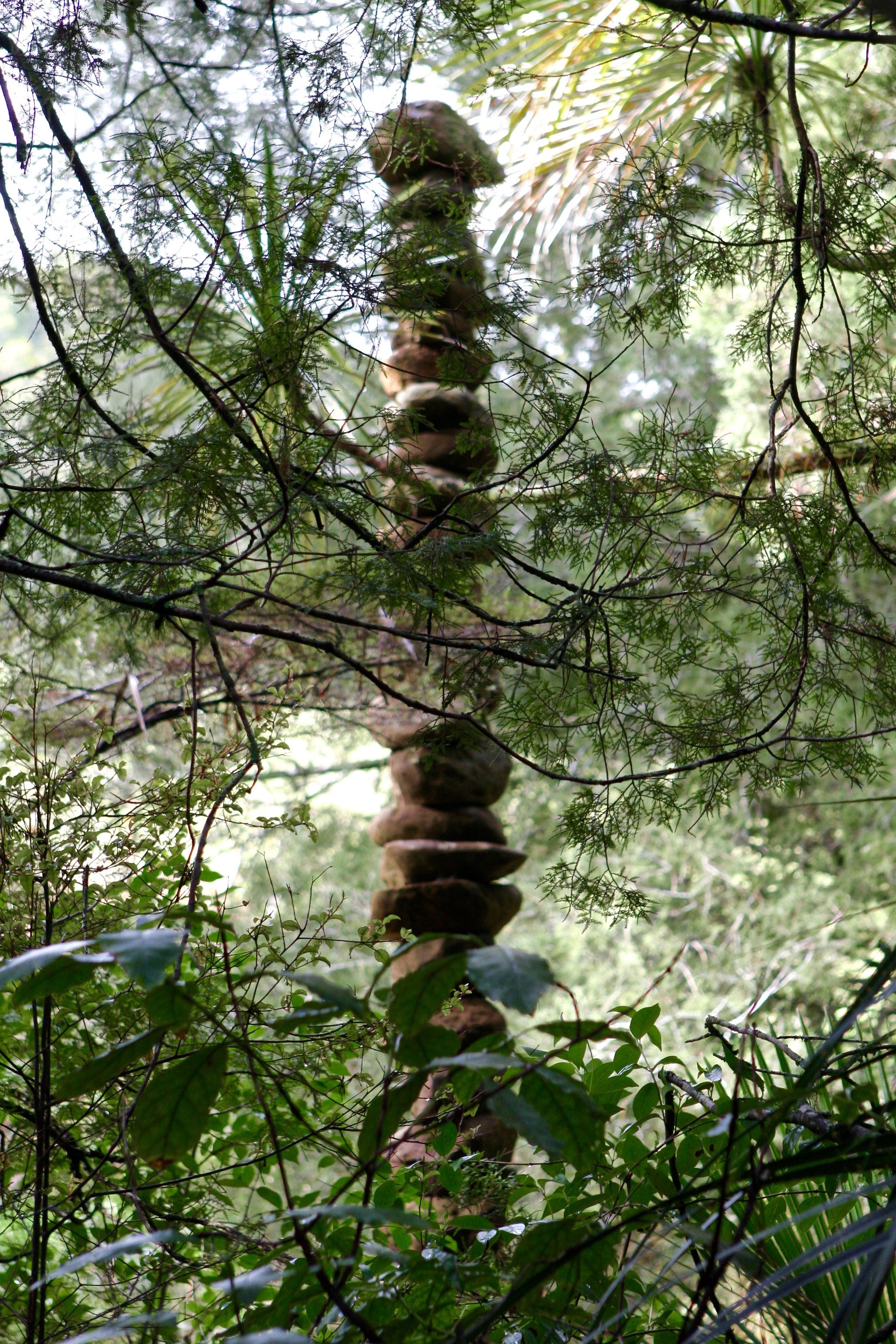
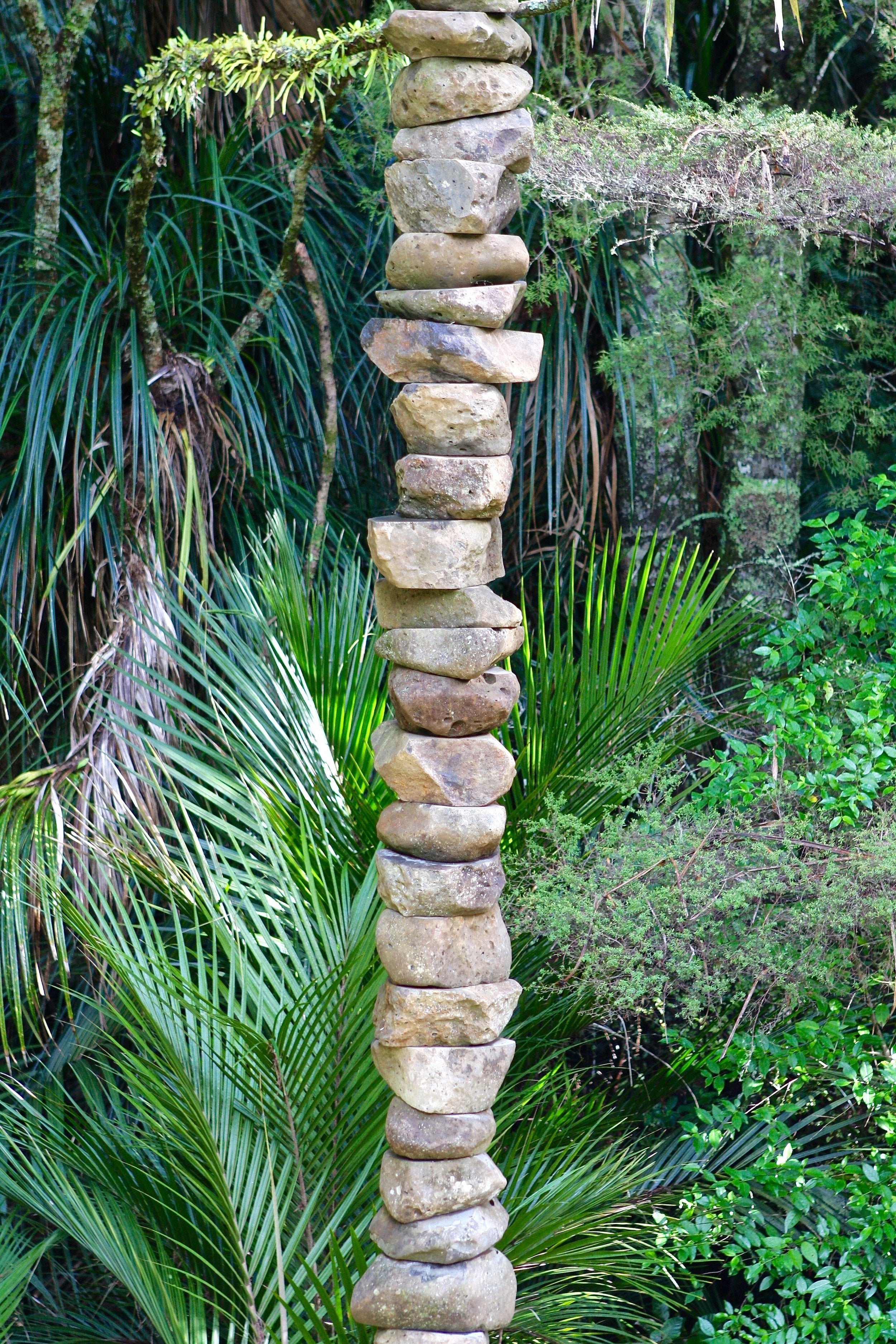
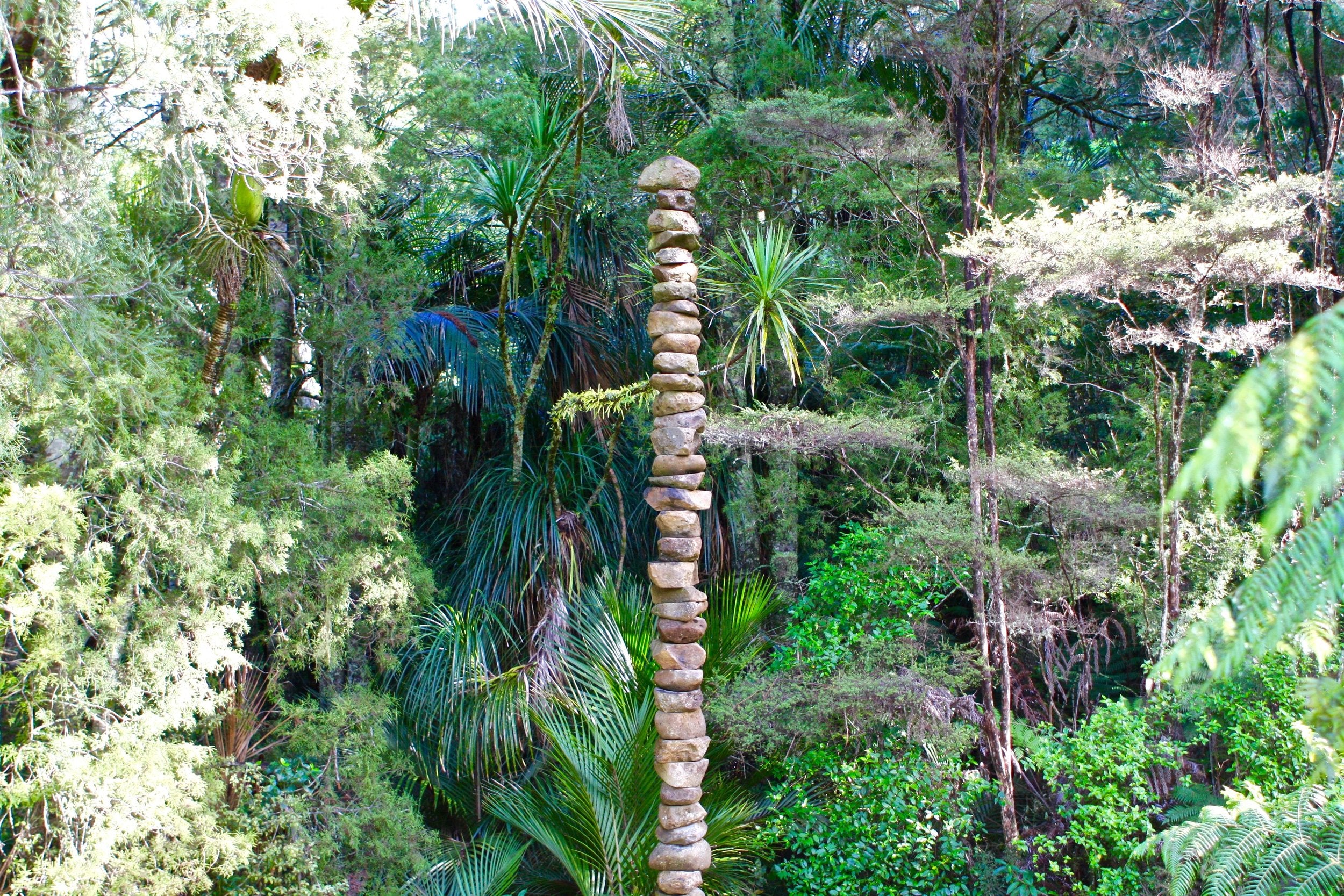
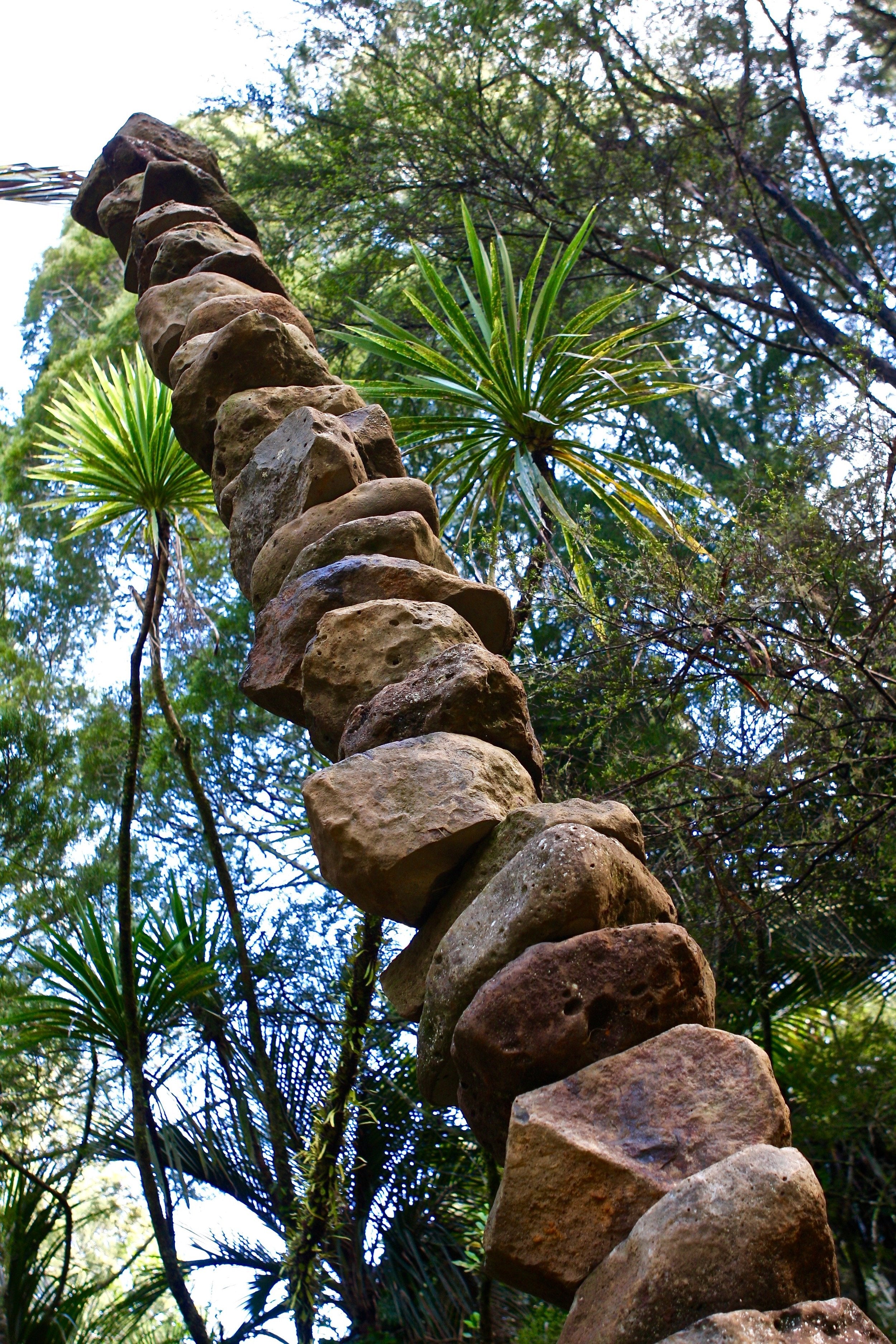
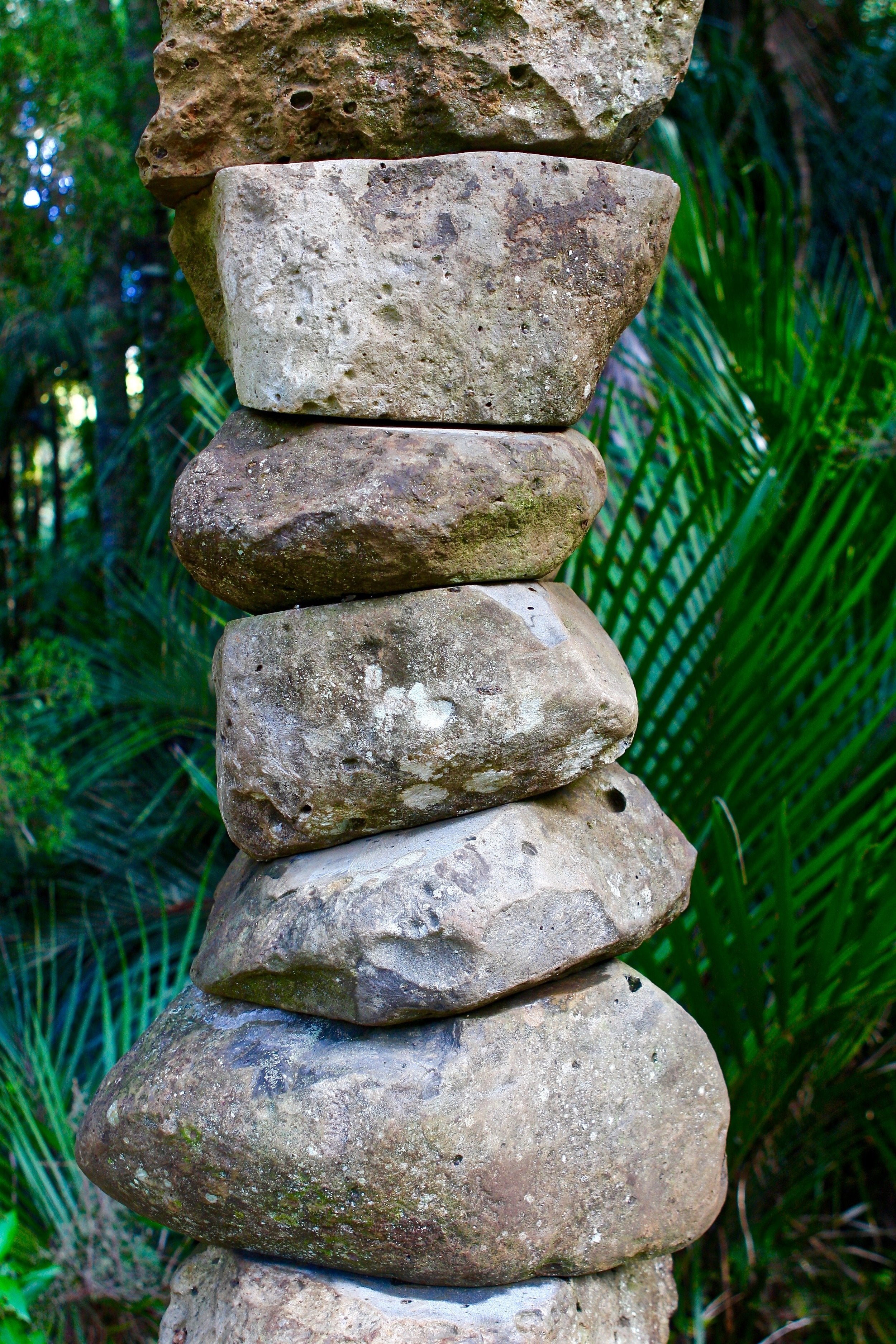
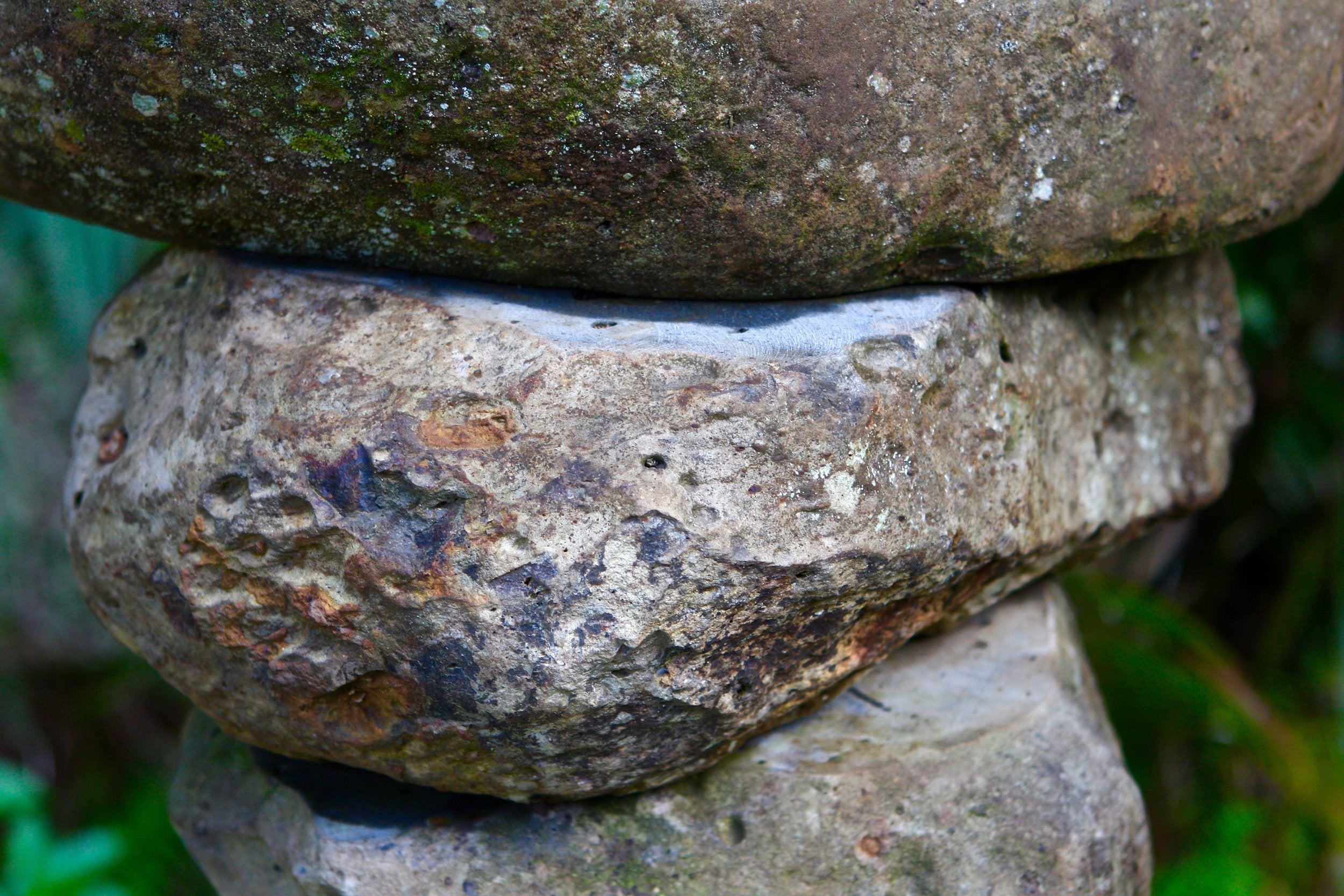
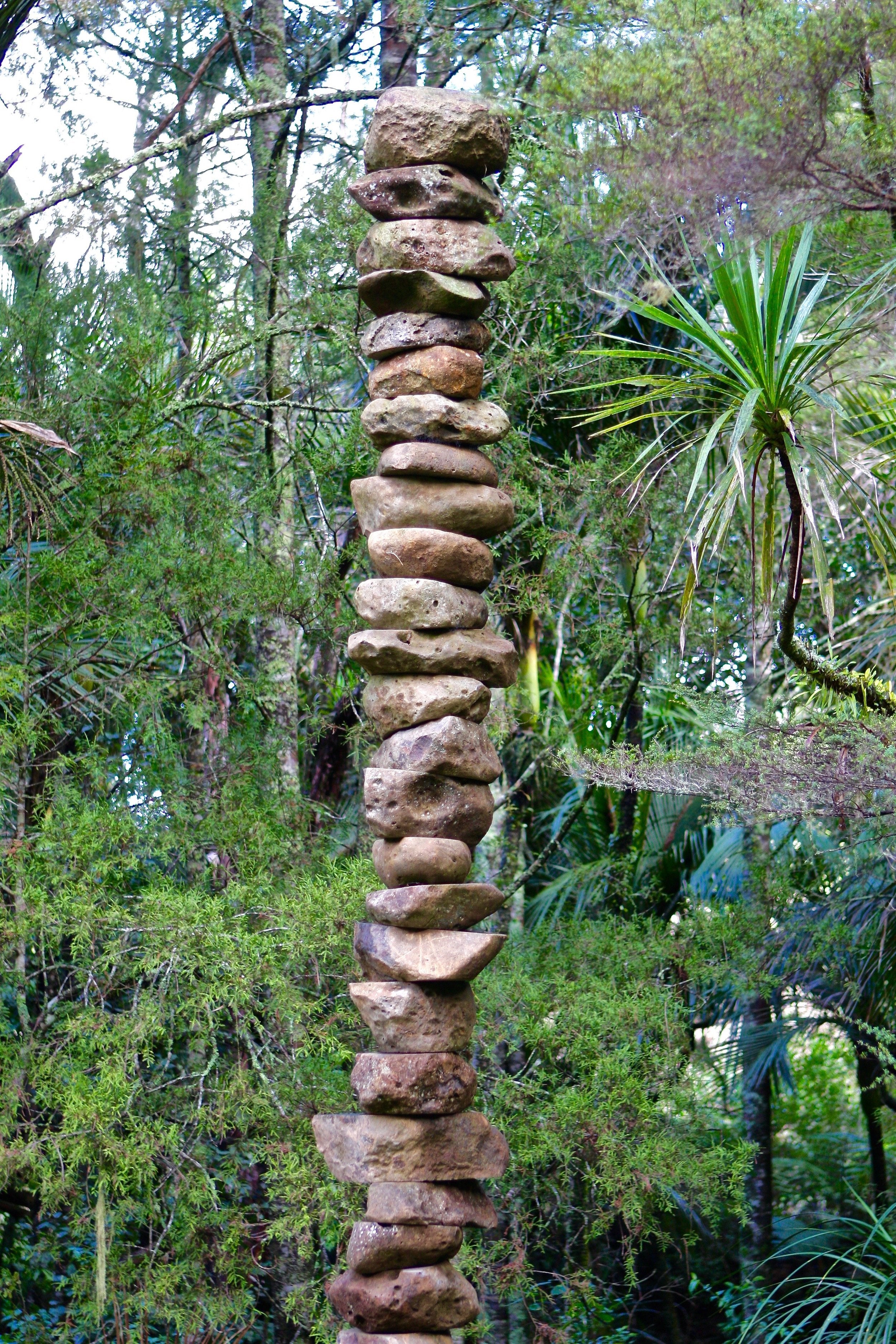
More from this artist
Artist Bio
Chris Booth was born in Kerikeri, Bay of Islands, New Zealand in 1948, studied art under Selwyn Te Ngareatua Wilson at Northland College, and then at Ilam School of Fine Arts, University of Canterbury, Christchurch.
Booth then travelled to the UK and Europe to study and work with prominent sculptors, including Barbara Hepworth at St Ives, England. On his return to New Zealand, a series of significant public and private commissions followed.
Well-known public sculptures in New Zealand include Gateway in Albert Park, Auckland (1986-90), the Rainbow Warrior Memorial at Matauri Bay, Northland (1988-90) Peacemaker in the Wellington Botanic Gardens (1990-92) the ceremonial entranceway for Ngai Tahu Marae in Kaikoura (1994-97) and in 2004-5, the Entranceway to the Hamilton Gardens,Nga Uri o Hinetuparimaunga.
International work includes numerous sculptures in Australia,Wurrungwuri at the Royal Botanic Gardens in Sydney 2008-2010, Italy (Arte Sella 1998), Grizedale Forest Park in Cumbria, England (1993 & 1995) the Kroller-Muller Sculpture Park in the Netherlands as well as work in France, Denmark, Germany, Hungary, Mexico, Canada and the USA. All of Booth’s work evolves in close collaboration with the indigenous inhabitants of the land.
The ongoing focus of Booth’s work has been art in nature, generally executed in stone, although more recently his interest lies with living sculpture in stone and wood that transforms as it degrades, providing habitat for fungi and other living organisms.
The recipient of numerous awards, accolades and fellowships, Chris Booth is New Zealand’s most internationally acclaimed sculptor.












